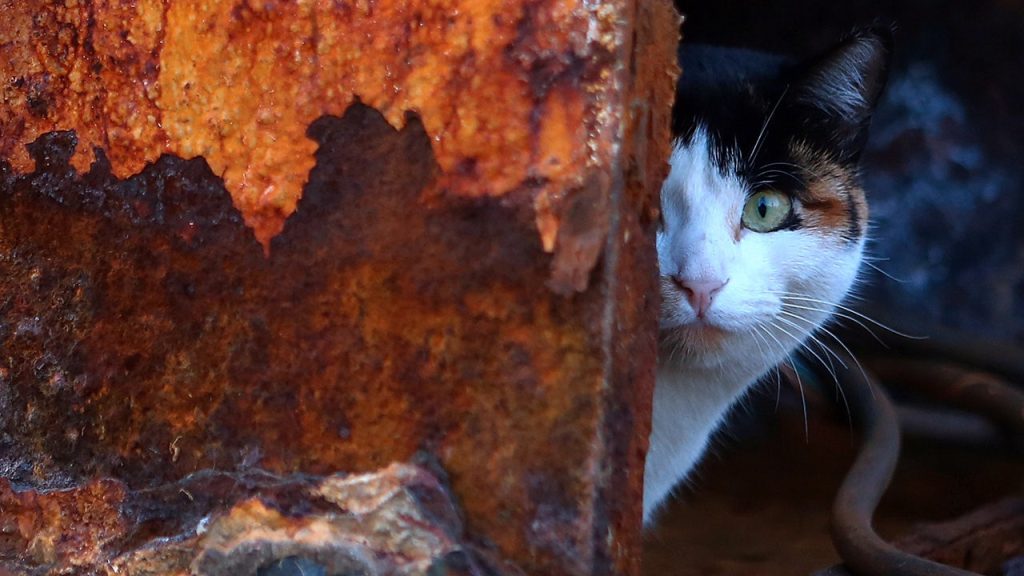A recent study has revealed that the remains of two domestic cats found in a 500-year-old Spanish shipwreck in Florida might represent the earliest example of felines in the United States. Discovered in 2006, the Emanuel Point II shipwreck dating back to 1559 has provided researchers with insights into how cats were utilized by sailors during their voyages. The study outlines the unexpected dietary habits of these historical cats and how they adapted to life on board, shedding light on the relationship between humans and felines in maritime history.
| Article Subheadings |
|---|
| 1) Historical Context of the Emanuel Point II |
| 2) Discovery of Cat Remains |
| 3) Insights from Chemical Analysis |
| 4) The Role of Cats on Ships |
| 5) Cultural Significance of Cats |
Historical Context of the Emanuel Point II
The Emanuel Point II was a Spanish conquistador ship that wrecked in Pensacola Bay, Florida, during a hurricane in 1559. This sinking is significant not just for its maritime history but also for what it reveals about the interactions between European seafarers and the environments they encountered. The ship was uncovered in 2006, leading to a multitude of archaeological studies aimed at understanding the life aboard such vessels during the age of exploration. Researchers noted that these ships often carried animals, especially cats, to control pests like rats and mice.
Discovery of Cat Remains
During excavations of the Emanuel Point II wreckage, archaeologists found the remains of an adult and juvenile cat, sparking intense interest in their historical implications. The discovery marked a pivotal point in understanding feline history in North America, as these remains likely represent some of the earliest evidence of domestic cats in the region. This finding helped bridge the gap between human history and animal domestication, particularly in the context of maritime travel. The study published in the journal American Antiquity is seen as a crucial contribution to both archaeological and biological scholarship.
Insights from Chemical Analysis
Chemical analyses of the cat remains revealed remarkable insights about their diets and lifestyles. Interestingly, the adult cat did not primarily rely on rats for sustenance, contrary to common assumptions. Instead, the feline’s diet consisted mainly of fish and possibly domestic meat, suggesting that its role may have been more nuanced than simply acting as a pest controller. Researchers speculated that this dietary preference might indicate a well-fed animal, potentially cared for by sailors during their long voyages. This insight challenges previous notions of how cats were viewed and treated aboard ships.
The Role of Cats on Ships
Cats were not merely companions for sailors; they played a vital role in maritime life. According to the researchers, cats were invaluable for controlling rodent populations aboard ships, which could quickly become infested with pests. The presence of cats ensured that stored food remained uncontaminated and reduced the risk of disease outbreaks. Additionally, the study suggests that cats might have been inadvertently introduced to the New World along with invasive rat species. The research confirmed that cats could hunt both native and invasive pests, showcasing their adaptability in new environments.
Cultural Significance of Cats
Cats have long been associated with superstitions and beliefs across various cultures, often regarded as lucky charms by sailors. The study highlighted this cultural significance, stating that these felines were not just working animals but also companions that brought a sense of comfort and morale to crews amid the adversities faced during their journeys. The ongoing relevance of cats in modern times is also noteworthy, as one in three households in the U.S. currently own a pet cat, echoing a long-standing companionship between humans and felines. This historical perspective underscores the enduring nature of this relationship throughout the centuries.
| No. | Key Points |
|---|---|
| 1 | The Emanuel Point II shipwreck dates back to 1559 and provides significant insights into maritime history. |
| 2 | Remains of an adult and juvenile cat found in the wreck could represent the earliest evidence of domestic cats in the U.S. |
| 3 | Chemical analyses indicate that the adult cat’s diet primarily consisted of fish and possibly domestic meat, not just rats. |
| 4 | Cats played a crucial role in controlling pests aboard ships, which was essential to maintaining stored food quality. |
| 5 | The cultural significance of cats among sailors reflects their longstanding companionship and role in human history. |
Summary
The discovery of cat remains in the Emanuel Point II shipwreck has not only added depth to our understanding of life aboard 16th-century ships but has also highlighted the historical and cultural significance of domestic cats. This study emphasizes the multifaceted roles that these animals played, from pest control to companionship, shaping their legacy in American history. Through ongoing research, the relationship between humans and felines continues to evolve, reaffirming the deep-set bond that has endured for centuries.
Frequently Asked Questions
Question: How did cats come to be on ships during the age of exploration?
Cats were often taken on ships to control rodent populations, which was essential for protecting food supplies during long voyages. Their hunting skills made them advantageous companions for sailors.
Question: What does the diet analysis of the Emanuel Point II cats reveal?
The analysis showed that the adult cat primarily consumed fish and possibly domestic meat, indicating a well-fed creature rather than one that existed solely on rats.
Question: Are there other historical instances of cats in early American settlements?
Yes, early cat remains have also been found in colonial settlements, such as St. Augustine in Florida and Jamestown in Virginia, indicating their presence in various significant historical contexts.


